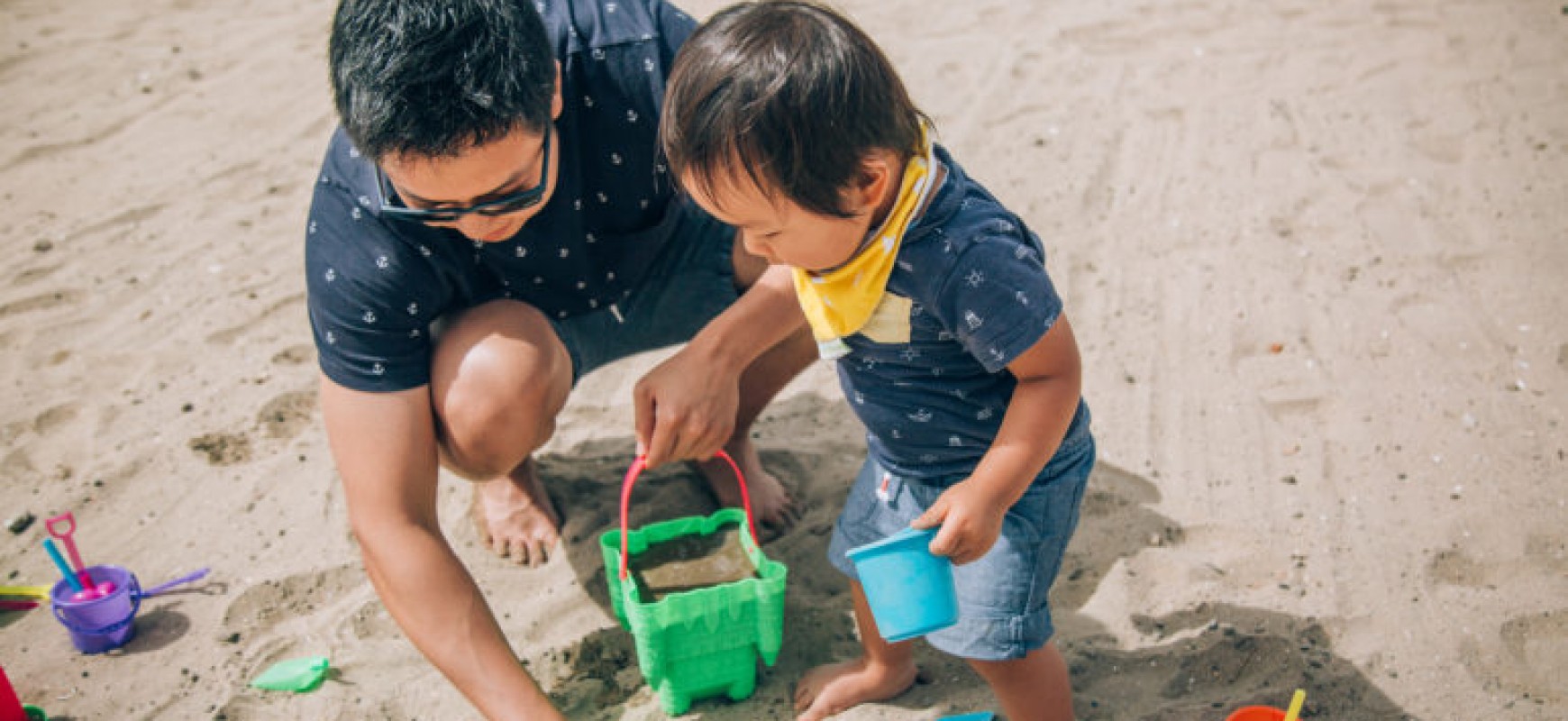
There are so many ‘what ifs’ when it comes to your baby’s safety at home, and baby proofing can seem overwhelming for many expectant parents. A few simple steps can make your home much safer.
According to a 2017 report from the Centers for Disease Control and Prevention, “unintentional injuries are a leading killer of children ages 1-4 in the United States; more than 2,500 children younger than four die from them every year.”
WHERE TO EVEN BEGIN?
Children go through stages and learn very fast, it is important to be aware of where they are developmentally when taking safety protocols in your home. Start with their bedroom. When you bring your newborn home, their sleeping arrangement is the first thing to consider. To help prevent SIDS, which is the leading cause of death in babies under the age of 1, your newborn should sleep alone in his or her crib and on their back. Having items such as blankets and pillows in your newborn’s sleeping space can pose a suffocation hazard. I recommend using a sleepsack, a wearable blanket for your baby. If your baby is sharing a room with you it is important that they are in their own sleep space such as a bassinet, as sharing a bed can increase the risk of SIDS by 400%. The crib or bassinet should be away from windows, blinds, or any device with cords.
SOME OTHER SIMPLE MEASURE TO BABY PROOFING YOUR HOME
-
KEEP BATHROOMS LOCKED AND SECURED AT ALL TIMES
Injury can occur easily in bathrooms. Children can drown in small amounts of water, even just a few inches. Keep your bathrooms locked at all times
-
LOOK OUT FOR HEAVY OBJECTS AROUND YOUR HOME
Your baby will start to move around a lot starting at around 6 months of age. Make sure cabinets are secure and furniture such as dressers are anchored to the wall.
-
BE CAUTIOUS AROUND ELECTRICITY
Around your baby’s first birthday, they may start to get fascinated with putting items into places they shouldn’t be like sticking things in electrical sockets. I suggest parents find tight-fitting electrical outlet covers that cannot be pulled out by your baby.
-
USE GATES IN APPROPRIATE AREAS
Always use caution around stairways with your baby by placing safety gates at the top and bottom of your staircase. If you have animals such as a large dog, using a playpen gate during playtime is also recommended.
-
KEEP CLEANING PRODUCTS OUT OF REACH
In 2015, the Consumer Products Safety Commission estimated that around 84,000 children were treated in the ER as a result of poison exposure. Lock cabinets and keep products high and out of reach of children.
Taking the right precautions for your child’s safety could be a matter of life and death.



